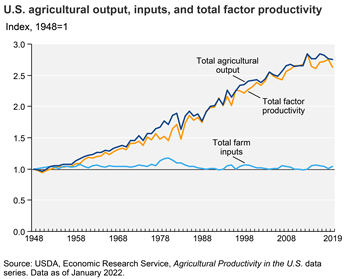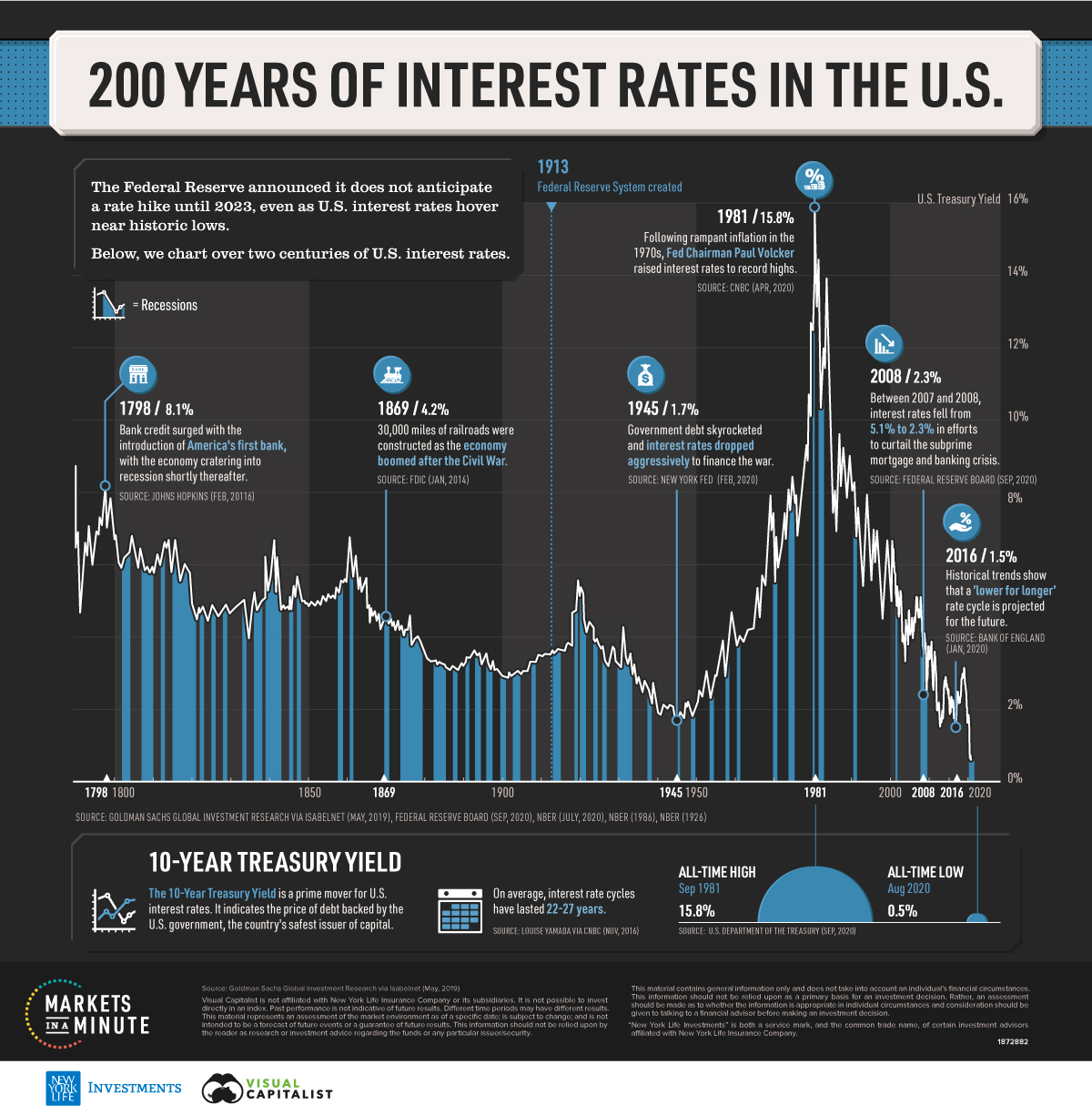It looks like you're new here. If you want to get involved, click one of these buttons!

The MFO Fund Family Scorecard reveals 31 families (like Winning Points, Huber, Saratoga) where every fund has underperformed since launch by an average of -3.2% per year. Combined they represent $15B in assets under management (AUM), carrying an annual expense of $173M per year nominally for the privilege of owning them. Can you believe that?
Fortunately, most assets gravitate to best performing families. Let's break the families down by AUM: first, the largest families with greater than $1T; second, next tier with AUM greater than $500B, and finally those greater than $100B.

https://nytimes.com/2020/10/03/upshot/pandemic-economy-recession.html....what makes a recession a recession is that the initial economic pain, whatever its source, transmits broadly to affect nearly every industry and drive millions of people not into newer and fast-growing sectors but onto the rolls of the unemployed.
The origins of the recession of 2020 may be different from those of the previous two downturns. But so far, the way it is spreading from company to company, and industry to industry, looks awfully similar.
FD, what is the source for the chart you posted? Many thanks.Numbers as of 9/30/2020.
Observations for one month as of 9/30/2020:
Multi- Flat for the month but securitized shined with 1-2.9%/
HY Munis – Flat for the month but Nuveen (NHMAX,NVHAX) did better.
Inter term – (-0.1%) for the month. TGLMX (mostly securitized) did 0.4%.
Bank loans – up 0.3-4% for the month.
Uncontrain/Nontrad -0.2 for the month. Securitized(JASVX,DFLEX)
HY+EM – HY -0.9 and EM=-1.7% for the month with correlation to stocks.
Corp – down month. PIGIX -0.4%.
SP500(VFIAX)-Down monthth at -3.8, YTD=5.55%.
PCI-CEF huge upside at 7.1%. YTD still at -13.7%
My own portfolio
I started the month with IOFIX+DFLEX and replaced DFLEX with JASVX+NHMAX. It’s pretty obvious that funds loaded with securitized bonds are doing well. HY Munis don’t have a momentum yet but I bought NHMAX because it’s in my taxable and it showed a better momentum than others but the last 2 days are down, I was too early but now I’m watching closely. It was another good month for me.
© 2015 Mutual Fund Observer. All rights reserved.
© 2015 Mutual Fund Observer. All rights reserved. Powered by Vanilla